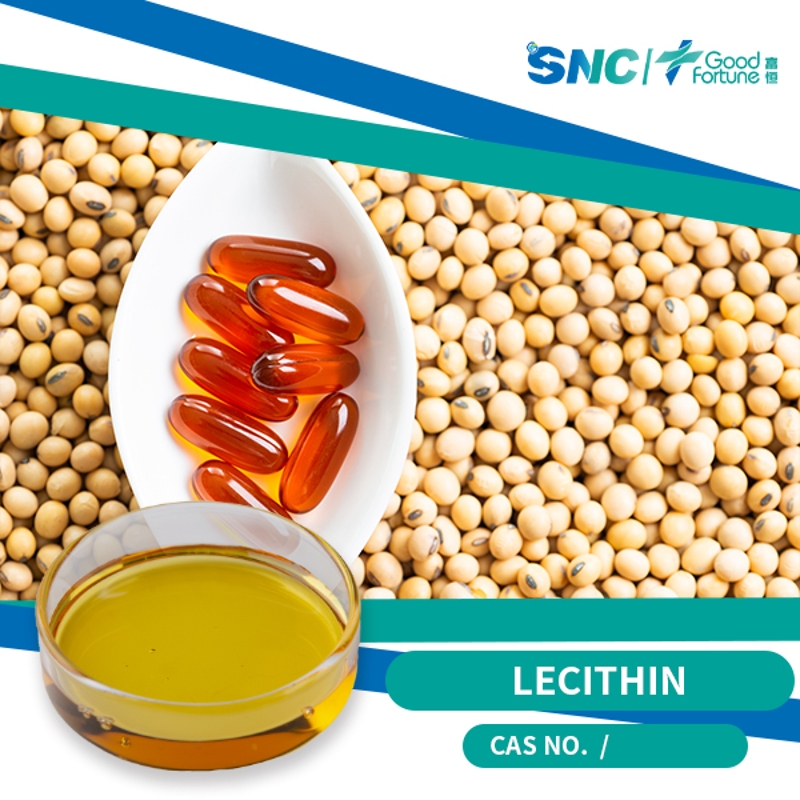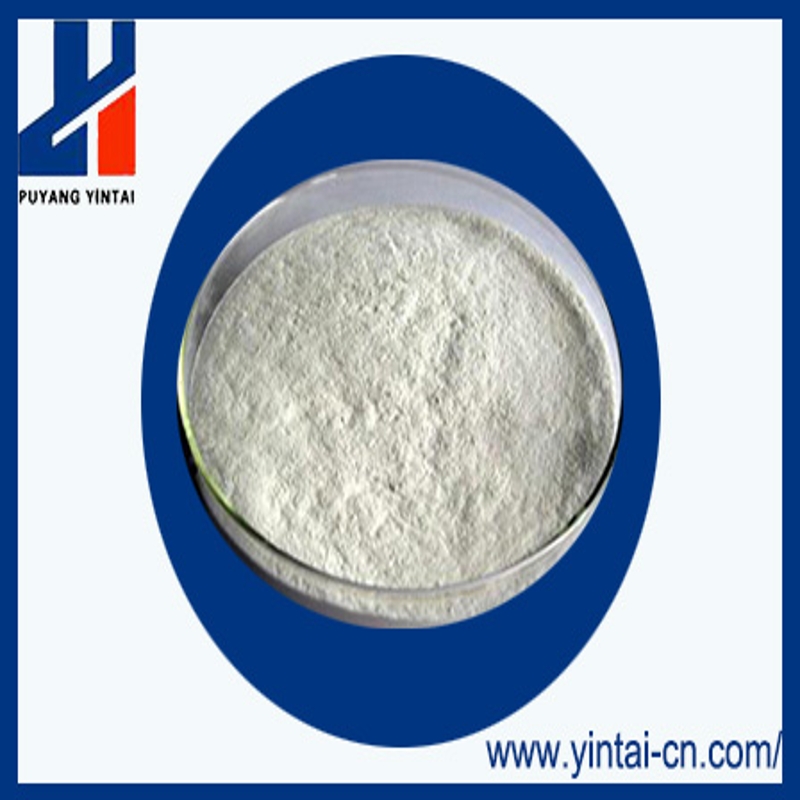-
Categories
-
Pharmaceutical Intermediates
-
Active Pharmaceutical Ingredients
-
Food Additives
- Industrial Coatings
- Agrochemicals
- Dyes and Pigments
- Surfactant
- Flavors and Fragrances
- Chemical Reagents
- Catalyst and Auxiliary
- Natural Products
- Inorganic Chemistry
-
Organic Chemistry
-
Biochemical Engineering
- Analytical Chemistry
- Cosmetic Ingredient
-
Pharmaceutical Intermediates
Promotion
ECHEMI Mall
Wholesale
Weekly Price
Exhibition
News
-
Trade Service
Introduction
Iron stick yam is the best in Huaiyam, iron stick yam has good nutrition, high medicinal value, rich in polysaccharides, dopamine, amino acids, allantoin, organic acids, phytosterols, dioscin and essential amino acids and other nutrient metabolites
.
These ingredients have a variety of biological activities, such as antioxidant, antidiabetic and antihypertensive.
Due to the short storage time of fresh yam, a large number of yam is processed into various forms
such as beverages and powders.
In the process, a large amount of yam peels are produced, which is a huge waste
of potential resources.
Polysaccharides are important biological macromolecules widely present in plants, animals and microorganisms, and they have biological activities
such as antioxidant, antihypertensive, antitumor, antibacterial and neuroprotective effects.
Its excellent activity and non-toxic properties have aroused great interest
among researchers.
Yam is usually peeled during processing, and the skin is rich in polysaccharides, however, there is little research on yam peel, limiting its application
in the food industry.
Therefore, finding a way to utilize yam peels will increase its value as a functional food and reduce environmental concerns
.
To improve the added value of yam peels, the key is to find a fast, convenient and efficient extraction method, and in this study, four different extraction methods: hot water extraction (W), acid extraction (HA), hot compressed water extraction (HCW) and enzyme extraction (EAE) were used to investigate the yield, total sugar content, physicochemical properties, antioxidant and hypoglycemic activities of polysaccharides, and selected the best method for extracting polysaccharides for the food industry
.
Results and discussion
The extraction rate and chemical composition of the four DTTP polysaccharides are listed in Table 1, and the results show that the extraction rate of DTTP-HCW is the highest (19.
55%), followed by DTTP-HA (15.
94%), DTTP-EAE (7.
61%) and DTTP-W (4.
75%).
DTTP-HA had the highest sugar content (85.
08%) and DTTP-W (46.
37%) had the lowest
sugar content.
The reason may be that hydrogen ions from HCl may break the glycosidic bonds of cellulose and hemicellulose in the cell wall, causing the polysaccharides in the cell to diffuse into the
solvent.
DTTP-HA (13.
19%) had the highest
content of uronic acids.
Some phenolic compounds have also been detected in yam epipolysaccharides, suggesting that DTTP polysaccharides may contain natural phenolic polysaccharide conjugates
.
The ultraviolet spectral results (Figure 1) show that the absorbance of DTTP-W is stronger than that of other samples
in the range of 200~400 nm.
DTTP-HA, DTTP-HCW, and DTTP-EAE had no significant absorption peaks around 260 and 280 nm, corresponding to the data
in Table 1.
Table 1 The chemical composition of four polysaccharides was obtained by different extraction methods
Fig.
1 Ultraviolet spectra of four polysaccharides were obtained by different extraction methods
The monosaccharide composition of the four DTTP polysaccharides is listed in Table 2, and the results show that the monosaccharides in DTTP-HCW, DTTP-HA and DTTP-EAE are mainly glucose, galactose and mannose, while DTTP-W is mainly composed of
arabinose, galactose and glucose.
In addition, the galactose and mannose contents of DTTP-HA were significantly higher than those of DTTP-HCW and DTTP-EAE compared to HCW and EAE
.
The reason may be that HA treatment may lead to hydrolytic break of polysaccharide chains, which breaks intermolecular hydrogen bonds, resulting in an affected
monosaccharide composition.
Studies have shown that polysaccharides with high uronic acid content may have stronger scavenging capacity and antioxidant activity, and DTTP-W and DTTP-HA may have good biological activity
.
Table 2: The monosaccharide composition of 4 polysaccharides was obtained by different extraction methods
Table 3 lists the molecular weight distributions
of four DTTP piterin polysaccharides.
The molecular weight of DTTP-W was the highest (514.
7 kDa), indicating that polysaccharide molecules tended to aggregate under high temperature and long-term extraction conditions, and the molecular weight of DTTP-HA was lower than that of DTTP-W and DTTP-HCW, indicating the breaking and degradation
of polysaccharide chains during acid extraction.
In addition, the polydisperse indices Mw/Mn of the four polysaccharides were 4.
1 (DTTP-HA), 3.
6 (DTTP-W), 2.
6 (DTTP-HCW) and 4.
2 (DTTP-EAE),
respectively.
The dispersion index of DTTP-HCW is much lower than DTTP-HA, DTTP-W and DTTP-EAE, and the closer the dispersion index is to 1, the more uniform the distribution of polysaccharides, and such distribution may be caused by
different extraction methods.
Table 3: Molecular weight characteristics of four polysaccharides obtained by different extraction methods
Figure 2 shows the FT-IR spectra
of four DTTP polysaccharides.
No significant differences were observed, and the results showed that the different extraction methods did not change the glycosidic bond type and main constituent functional groups
of yam peel polysaccharides.
Fig.
2 FT-IR spectra of four polysaccharides obtained by different extraction methods
Figure 3 shows the thermal decomposition curves
of four Huaiyam peel polysaccharides.
The first stage can be caused
by the loss of free and bound water.
DTTP-W has the highest mass loss rate (13.
5%), indicating that it has the greatest water retention capacity
.
The second stage weight is significantly reduced, which is mainly attributed to changes in functional groups, depolymerization and decomposition
of polysaccharide structures.
The maximum mass loss rate of DTTP-W was the lowest (74.
12%), indicating that the quality loss of DTTP-W was relatively stable
.
DSCs for 4 DTTP polysaccharides showed a similar trend
.
The first broad peak may be attributed to the loss
of water evaporation.
The second reduction may be attributed to the depolymerization and breakdown
of polysaccharides.
A peak temperature is observed in the DTG curve of the polysaccharide component, and the DTG curve of DTTP-W presents two decomposition peaks: the first peak at low temperature (263 °C) may be attributed to degradation and loss of low molecular weight molecules, while the second peak (310 °C) may be related to
degradation of large molecular weight molecules.
Comparing the water content and residue in polysaccharide samples, DTTP-HA has the highest thermal stability
.
The difference in thermal stability and degradation behavior of the sample was due to compositional and structural changes
between the four polysaccharide components.
(A) DTTP-W; (B) DTTP-HCW; (C) DTTP-HA; (D)DTTP-EAE; (E) Four types of DTTP
.
Figure 3 Thermal mass analysis of 4 polysaccharides
The DTTP-W and DTTP-HA in Figure 4 show significant redshift in λmax, indicating that the two polysaccharides have a triple helix structure
.
However, the presence of redshift in DTTP-HCW and DTTP-EAE is not pronounced, indicating that these two polysaccharides do not have a triple helix structure
.
The stability of intramolecular and intermolecular hydrogen bonds will affect the triple helix structure of polysaccharides, the cleavage of hydrogen bonds will destroy the triple helix structure, and DTTP-HA and DTTP-W may have better biological activity
.
Fig.
4 Maximum absorption wavelengths of four Congo red polysaccharide complexes and Congo red solution at different concentrations of NaOH
The SEM of the 4 polysaccharides is shown in Figure 5, and the surface of DTTP-W is smooth and shows a large flaky appearance (Figure 5A).
DTTP-HCW shows the appearance of fragments with irregular size (Figure 5B).
This may be due to
the destruction of the polysaccharide structure under high temperature and pressure.
The surface of DTTP-HA presents an irregular structure with many pores (Figure 5C), indicating that the acid partially disrupts the structure of
yam peel polysaccharides.
In contrast, DTTP-EAE exhibits a rough and uneven surface, as well as a loose structure with some small pores and fissures (Figure 5D), which may be caused by
cellulase and papain disrupting cell wall structure and polysaccharide breakdown.
The results showed that acid extraction and high-pressure water extraction contributed to the destruction of the cell wall, thereby improving the polysaccharide yield
.
(A) DTTP-W; (B) DTTP-HCW; (C) DTTP-HA,; (D) DTTP-EAE
。
Figure 5 Scanning electron micrograph images of 4 polysaccharides
The antioxidant activity is shown in Figure 6, and the DPPH radical scavenging activity of all samples increases
with increasing concentration over the test concentration range.
DTTP-HA had a stronger DPPH clearance of the four polysaccharides, which may be due to the high content of uronic acids in DTTP-HA (Figure 6A).
The scavenging capacity of DTTP-W first increases rapidly and then slowly, and DTTP-W has the highest hydroxyl scavenging capacity, which may be caused by its high galacturonic acid content (Figure 6B).
Within the assay range, the scavenging capacity of DTTP polysaccharide ABTS+ radicals increases
with increasing concentration.
DTTP-W exhibits high activity in 4 polysaccharides, which may be due to its high galacturonic acid content (Figure 6C).
The reducing power of the four polysaccharides of DTTP showed a similar increasing trend
.
The reducing ability of DTTP-HA polysaccharides was stronger than that of the other three yam peel polysaccharides (Figure 6D).
This inconsistent result may be due to differences in uronic acid content, molecular weight, and extraction methods
.
(A) DPPH radical scavenging; (B) Hydroxyl radical scavenging; (C) ABTS radical scavenging; (D) Reducing power
.
Figure 6 Antioxidant activity of 4 polysaccharides and Vc
Figure 7 shows the effect
of four DTTP polysaccharides on the inhibitory activities of α-amylase and α-glucosidase.
The inhibitory effect of four DTTP polysaccharides on α-amylase activity was similar, and the inhibitory activity of α-amylase of four DTTP polysaccharides increased in concentration-dependence
.
The inhibition of DTTP-HA was fast and then slow, while the inhibition rate of DTTP-W increased slowly
.
DTTP-HA showed the highest α-amylase inhibitory activity
among the four yam peel polysaccharides.
Four DTTP polysaccharides showed similar inhibition trends for α-glucosidase
.
The inhibition rate of DTTP-HA was greatest
in the experimental concentration range.
The results showed that hydrochloric acid extraction was a method
for preparing Huaiyam peel polysaccharides with high inhibitory activity against α-glucosidase and α-amylase.
DTTP-HA has the highest
inhibitory activity against α-amylase.
The reason for this may be due to its high sugar content, high uronic acid content, and low molecular weight
.
(A) α-amylase; (B) α-glucosidase
.
Figure 7 Hypoglycemic activity of 4 polysaccharides
Conclusion
This study showed that there were significant differencesin the yield, physicochemical properties, hypoglycemic and antioxidant activities of DTTP polysaccharides obtained by different extraction methods.
DTT-HCW and DTT-HA yielded the highest, DTTP-HA had the highest total carbohydrate content (85.
08%), the highest content of uronic acid (13.
2%), 4 polysaccharide samples were mainly composed of glucose, mannose and galactose, DTT-HA had an irregular porous structure, and DTTP-HA had high thermal stability
.
The results of the triple helix structure analysis show that DTTP-HA has a triple helix structure
.
DTTP-HA has high antioxidant activity and α-amylase inhibitory activity, which may be related to
the high uronic acid content and low molecular weight of DTTP-HA.
The results show that the acid extraction of DTTP polysaccharides has high extraction rate and strong antioxidant activity, which can be applied
in the food industry.
First author bio
Zhao Zuowei, male, master of agronomy, the main research direction is the development and utilization of polysaccharide resources in the "four major medicines", secondary metabolites of medicinal fungi, participated in the National Natural Science Foundation of China-Henan Province Joint Fund, participated in the publication of 2 SCI papers, 2 Chinese core papers, and 1 invention patent.
About the corresponding author
derived from natural products.
He has participated in a number of National Natural Science Foundation of China-Henan Provincial Joint Fund and international cooperation projects, published more than 20 SCI papers, 3 national invention patents, 4 treatises and teaching materials, and won many honors
such as academic and technical leader of Henan Provincial Department of Education and external review expert of excellent dissertation of the State Council Degree Center 。 Physicochemical properties and biological activities of polysaccharides from the peel of Dioscorea opposita Thunb.
extracted by four different methods
Zuowei Zhao, Li Wang*, Yuan Ruan, Chunnan Wen, Menghuan Ge, Yanyan Qian, Bingji Ma*
Department of Traditional Chinese Medicine, Henan Agricultural University, Zhengzhou 450001, China
*Corresponding authors.
E-mail address: wanglihuina@163.
com; mbj123@sina.
com
Polysaccharides are the important biologically active components found in the peel of Dioscorea opposita Thunb.
(DTTP).
The influences of 4 extraction methods, namely hot water extraction (W), acidic extraction (HA), hot-compressed water extraction (HCW) and enzyme-assisted extraction (EAE), on the yields, physicochemical properties, hypoglycemic and antioxidant activities of polysaccharides from DTTP were studied and compared.
Among these DTTP polysaccharides, DTTP-HA was outstanding in several respects.
DTTP-HA was the most water soluble; it had the highest total carbohydrate content (85.
08 %), the highest uronic acid (13.
20 %) and the highest thermal stability.
DTTP-HA and DTTP-W possessed a triple-helix structure.
These 4 kinds of polysaccharides have the same types of monosaccharides, but in different molar percentages.
Extraction method had a significant impact on the microstructures of the extracted polysaccharides.
DTT-HA exhibited irregular structure with many holes.
Among the 4 extracted methods, the DTTP-HA and DTTP-W initially exhibited higher hypoglycemic and antioxidant activities.
The better bioactivities of DTTP-HA may be related to the above factors.
The findings indicated that acid extraction is an effective method to extract polysaccharides with high biological activities from DTTP.
ZHAO Z W, WANG L, RUAN Y, et al.
Physicochemical properties and biological activities of polysaccharides from the peel of Dioscorea opposita Thunb.
extracted by four different methods[J].
Food Science and Human Wellness, 2023, 12(1): 130-139.
DOI:10.
1016/j.
fshw.
2022.
07.
031.







